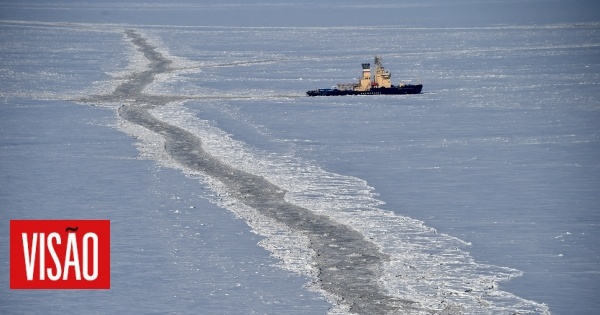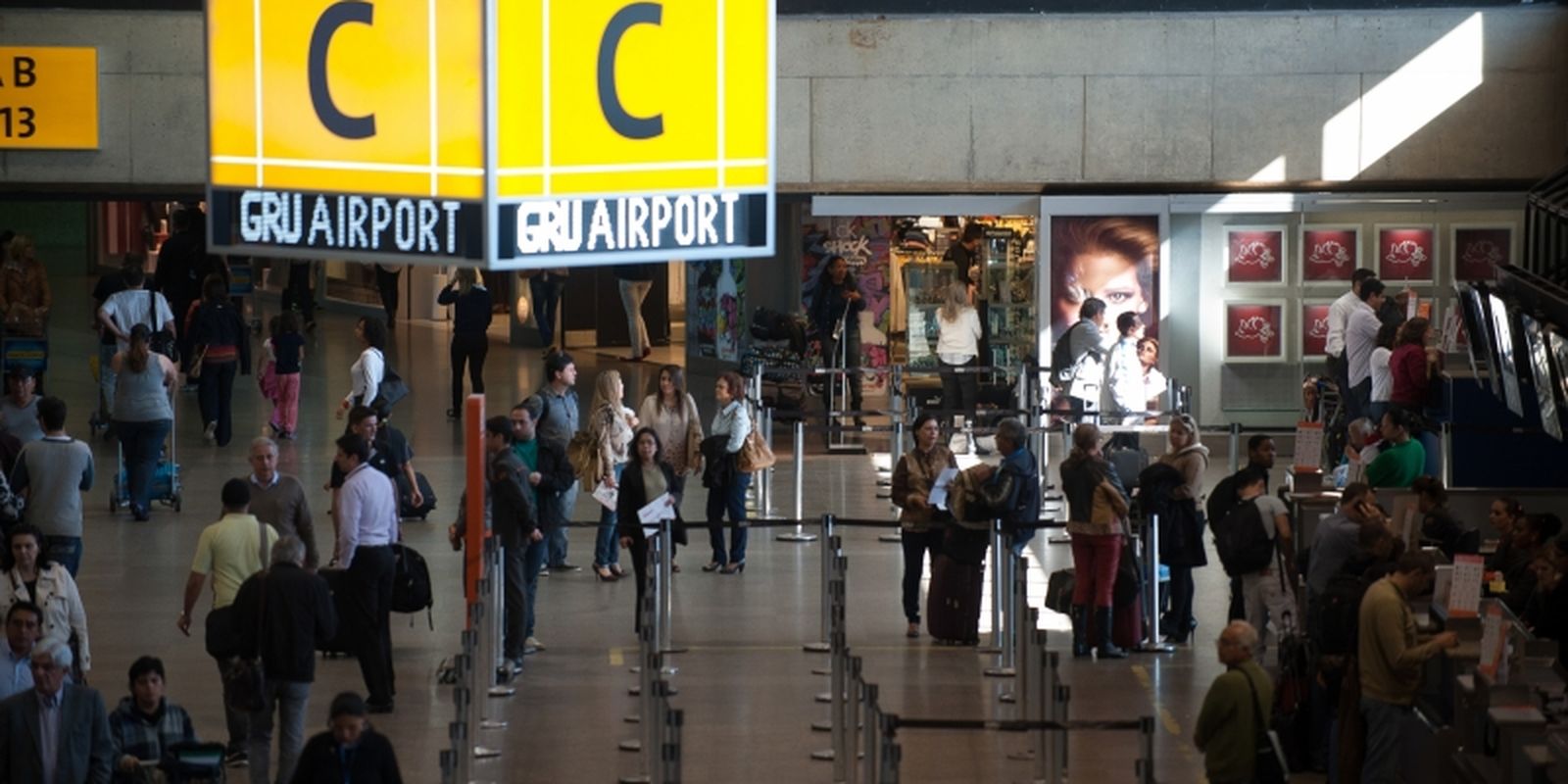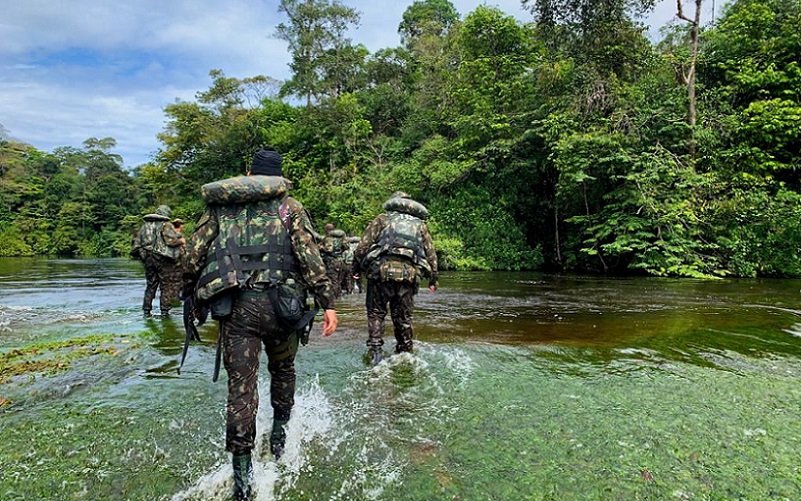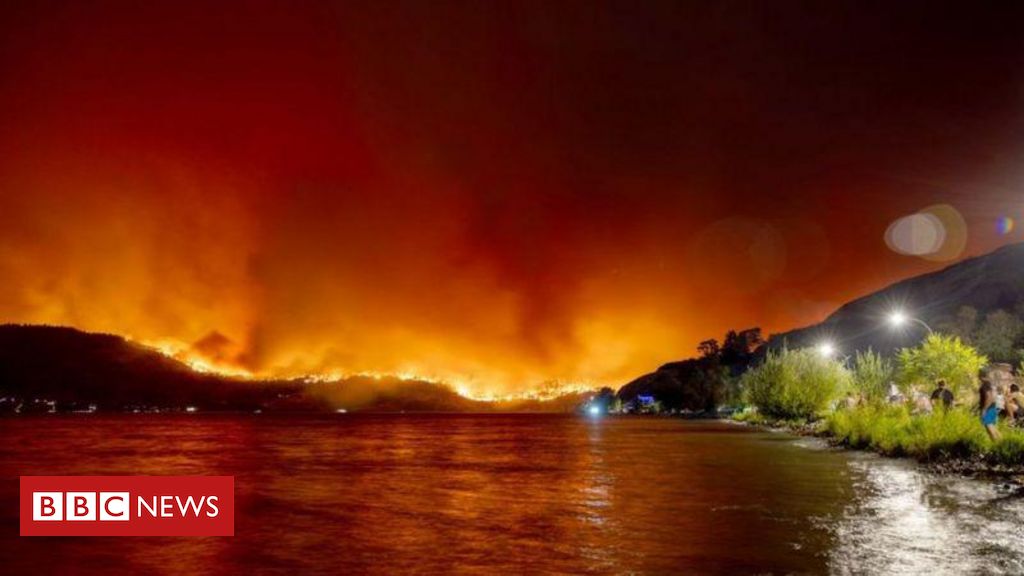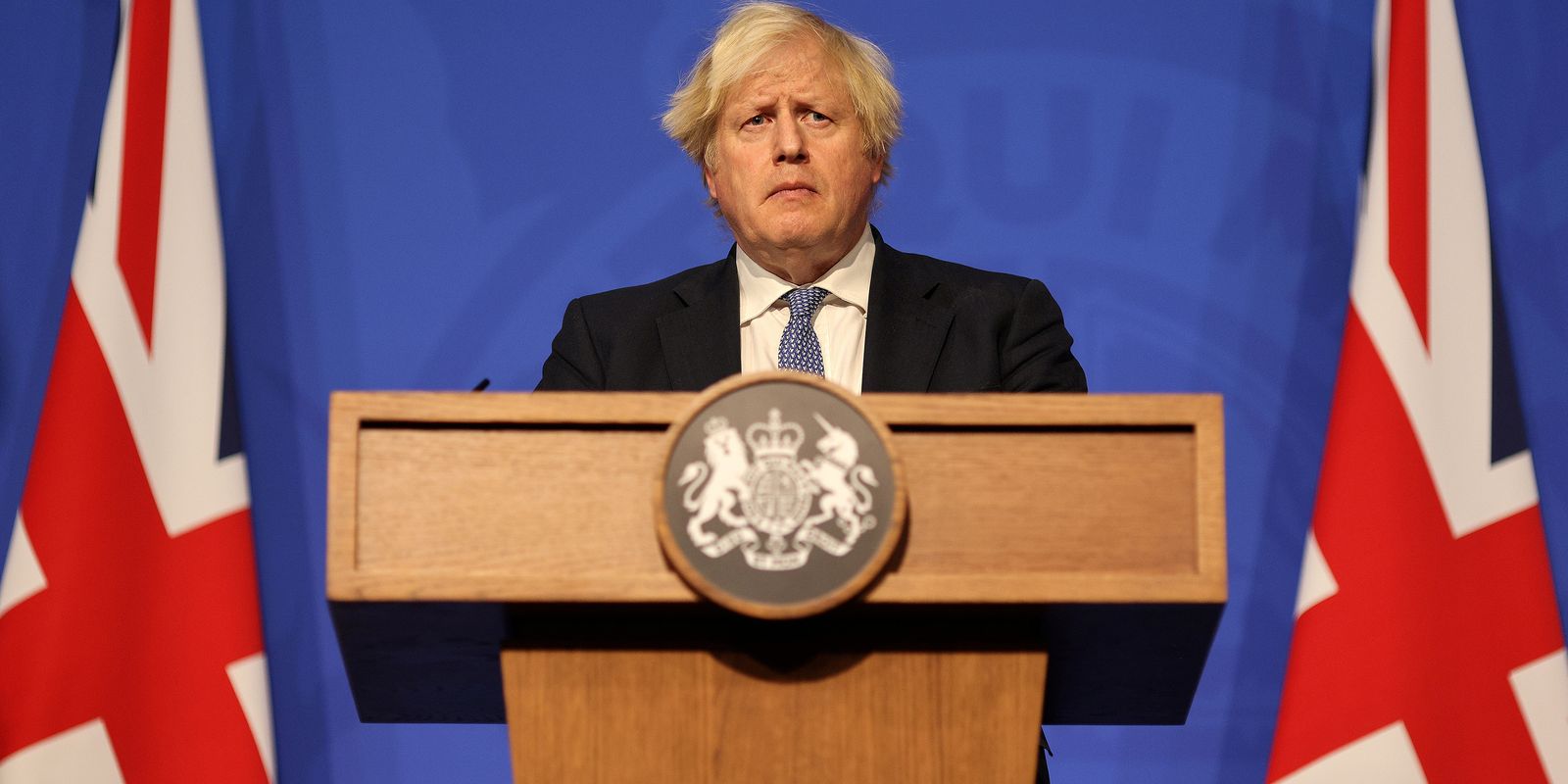One of the few routes that crosses Arctic waters, known as the Northern Sea Route (NMR), is controlled by Russia. Although not used as regularly due to the ice that covers the surface of the area for most of the year, the course in question has the advantage of being faster than its alternatives, which saves time and energy. Although Russia retains control, as the ice melts, the possibility that more routes away from Russian waters will be drawn on the map increases and the geopolitical situation of the region is called into question.
The NMR extends from the Kara Sea to the Bering Strait, covering a large area of the Russian coast. Currently, the traffic felt on the route is, compared to other routes, reduced, and last year the total Arctic transport was equivalent to only two days of traffic in the Suez Canal, according to a published article. in nature. The future, however, may bring a more promising reality to this region in terms of maritime trade routes.
The road in question is currently controlled by Russia following a decision taken in United Nations Convention on the Law of the Sea which gives countries jurisdiction over ice-covered waters within 200 nautical miles, or 300 kilometers, of their coast, an area also known as the exclusive economic zone. In the Russian case, this is exactly what happens: the proximity of the Northern Sea Route to its coast gives the country control of this region, which includes control of ships passing through this territory as well as the payment of a fee. Now, with melting ice and rising seawater, those limits could be challenged.
As climate change causes the global average temperature to rise, warming the oceans and, consequently, causing the ice to disappear in the coldest regions of the planet, some entities are wondering about the changes that the Arctic will undergo. , not only from a natural habitat and ecosystem balance point of view, but also from a geopolitical point of view.
Some climate models have already attempted to predict what the Arctic landscape will look like in the future, some of which indicate that the region has warmed so rapidly that in just two decades some areas will be ice-free for several months. in a row, as opposed to now, when there is no ice for only two months of the year. A study published in the journal Science announced that the Arctic is even warming four times faster than the rest of the world.
The benefits of a new course
Another study published in 2022 in Proceedings of the National Academy of Scienceswhich aimed to analyze the future of routes in the Arctic, announced that the disappearance of ice in the region could not only affect the regulation of maritime routes in the decades to come but, by 2065, increase their navigability enough to generate new trade routes. in international waters.
Amanda Lynch, one of the study’s lead authors who has studied climate change in the Arctic for nearly 30 years, worked with Xueke Li, a researcher at the Brown Institute for Environment and Society, to create four navigation scenarios based on four likely outcomes of global actions to halt climate change in the coming years. Their predictions showed that if world leaders are unable to prevent global warming from exceeding 1.5 degrees Celsius over the next 43 years, climate change will likely open several new routes across international waters by the middle of this century.
If the ice were to melt beyond the limits of the Northern Sea Route, it would create the possibility of opening routes beyond the 300 kilometers that define Russia’s exclusive economic zone, giving the possibility to other countries , namely those who are part of the Arctic Council, a council made up of eight countries – Canada, Denmark, Finland, Iceland, Norway and Russia – which “have territories in the Arctic and therefore act as stewards of the region,” as the Arctic Council explains. official site council, to establish their own trade routes and take advantage of the region’s potential. Indeed, the route currently controlled by Russia imposes many restrictions on the passage of ships.
In addition, and according to Article 234 defined by the Arctic Council, countries can only control Arctic regions within 300 kilometers of the coast if they remain frozen for most of the year. If this did not happen, due to climate change, Russia could lose its privileges. From a business perspective, this could be interpreted as good news, as a less controlled route could increase traffic and the delivery of goods that have often failed to meet demand, but defining who controls what can be more complex .
Arctic routes would be particularly advantageous because of the distance. According to previous studies cited by Lynch, Arctic routes are between 30% and 50% shorter than Suez Canal and Panama Canal routes, with reduced transit time of around 14 to 20 days, an advantage that , according to Reuters, the Chinese government, which has already shown interest in the Northern Sea Route, which is even the shortest sea route between Europe and Asia, also named. This means that if the international waters of the Arctic warm enough to open new routes, shipping companies could reduce their greenhouse gas emissions by around 24%, while saving money and time.
conflicts of interest
Interest in the region has grown so much from Russia, which sees it as an opportunity to gain more influence and commercial strength, placing itself at the center of a new global transport route that would bring wide range of advantages to the country, as by other countries, namely the United States and China. However, interests may clash, especially between the first two countries.
Changes to Arctic routes could, according to Charles Norchi, director of the Center for Ocean and Coastal Law of Maine Law, investigator at Brown’s Watson Institute for International and Public Affairs and one of the study’s co-authors, are dramatically changing the global trade landscape.
According to Norchi, Russia has, to date, used Article 234 to its advantage, stipulating a series of limits on vessels wishing to use the Northern Sea Route. The difficulties imposed on ships arriving from other countries is one of the main reasons why major shipping companies opt for other routes such as the Suez and Panama Canals, which, although longer, are cheaper. and easier to access.
Even so, these channels also have their own limitations, not only because they are longer routes, but also because they are prone to incidents like the one that happened last year, when a ship blocked the passage of the Suez Canal for almost an entire week. , impacting trade routes on a large scale. Russia can, according to the testimony of Marc Lanteigne, associate professor of political science at the University of the Arctic in Norway, CNBC News, use it to your advantage, by promoting the route that you control and that is free from this type of complication. “Many Russian officials are realizing very quickly that the Arctic sea lanes are potentially much more useful in avoiding the kind of bottlenecks you would see in Panama or the Suez Canal,” he explained.
What appears as a gray area in the whole question of arctic routes is precisely the fact that its ice is melting and article 234 stipulates that the region, to be controlled by a country, must be frozen most of the ‘year. If climate change is melting the ice, who controls what? Is the Northern Sea Route still under Russian jurisdiction? It is in the answer to this question that most interests collide.
According to the United States, as the ice melts, Russia will lose its rights to regulate traffic in the waters, in part because if that same traffic increased, a wish the Russians hope to achieve, they would jeopardize the fragile arctic ecosystem. “The Russians, I’m sure, will continue to invoke Article 234, which they will try to justify with all their might,” Norchi commented. “But they will be challenged by the international community, because Article 234 will no longer apply if there is no ice-covered area for most of the year. Not only that, but with the thaw, shipping will leave Russian territorial waters and enter international waters. If that happens, there won’t be much Russia can do because the outcome depends on climate change and transport economics,” he added.
Russia, supported by Chinese interests, however, has not failed to move forward with plans to increase traffic in the region. According The Wall Street Journal, traffic on the road has increased year on year: traffic in 2020 increased by more than 25% compared to 2019 and by another 11% in 2021, figures that Russian President Vladimir Putin plans to increase further, with plans to reach a load of 80 million tonnes by 2024, up from 33 million in 2019.
Benefits that never outweigh the harm
Opening new trade routes would be an advantage in the global scenario, given the current situation in which supply often fails to meet demand, Lynch points out, recalling, once again, the incident in the Suez Canal. “These potential new Arctic routes are a useful thing to consider when remembering when the Ever Given ran aground in the Suez Canal, blocking an important shipping lane for several days,” he explained. . “The diversification of trade routes – especially given new routes that cannot be blocked, as they are not canals – gives global transport infrastructure much more resilience.”
Yet the benefits of a new trade route do not outweigh the resulting damages. “There is no scenario where melting Arctic ice is good news,” Lynch said. “But the sad reality is that the ice is already receding, these roads are opening up and we need to start thinking critically about the legal, environmental and geopolitical implications,” he added.
Other consequences include, as mentioned, the possible negative impact of increased traffic on the fragile Arctic ecosystem, as well as the repercussions it would have on indigenous communities in the region. “The idea that (the Arctic region) will be able to be crossed smoothly and relatively safely because there is no ice is very frightening,” admitted to CNBC News Dalee Sambo Dorough, international president of the Circumpolar Council. Inuit, “a large international non-governmental organization representing approximately 180,000 Inuit (members of the Eskimo community) from Alaska, Canada, Greenland and Chukotka (Russia),” as the author himself explains. official site. “Sea ice is crucial. It is essential to our way of life. This is why we can characterize climate change as such a huge and central crisis, a force that has already had such a devastating impact on our communities,” he added.

“Pop culture fan. Coffee expert. Bacon nerd. Infuriatingly humble communicator. Friendly gamer.”

